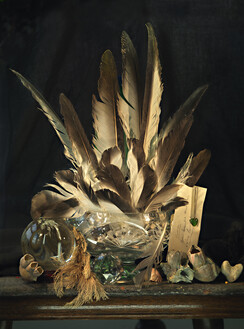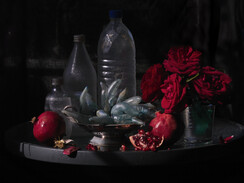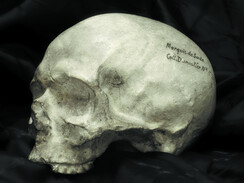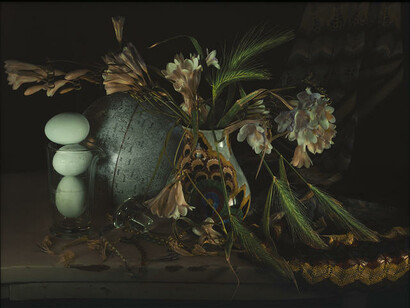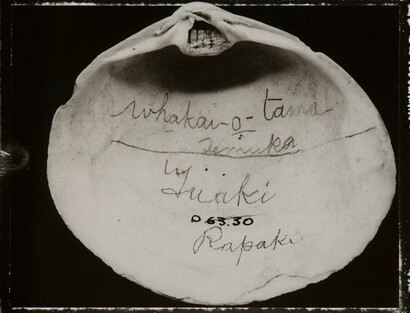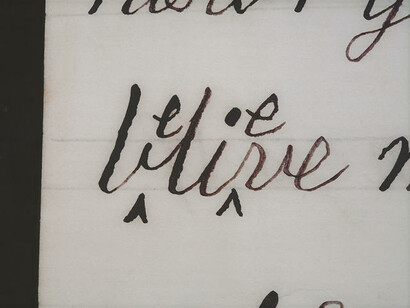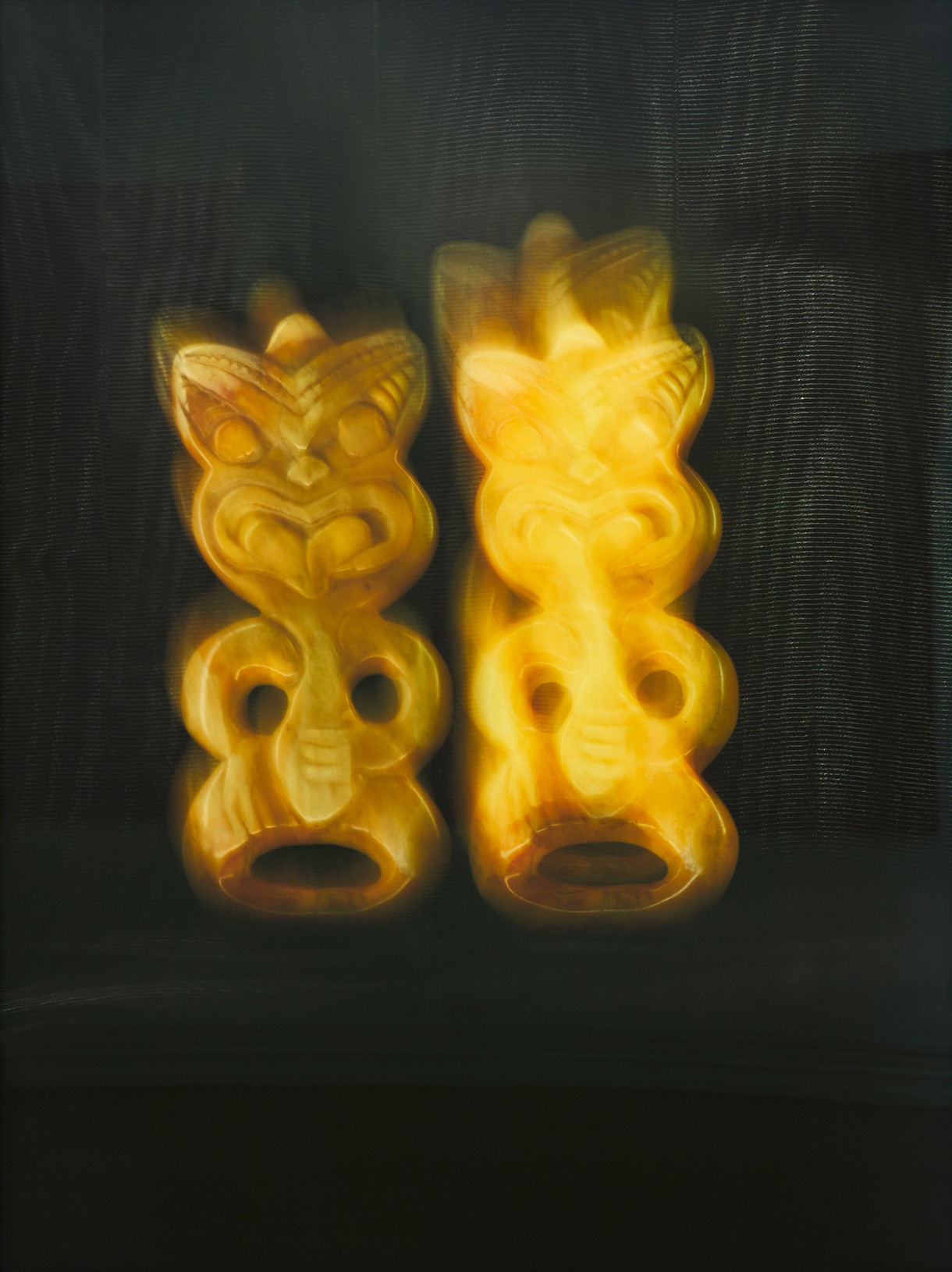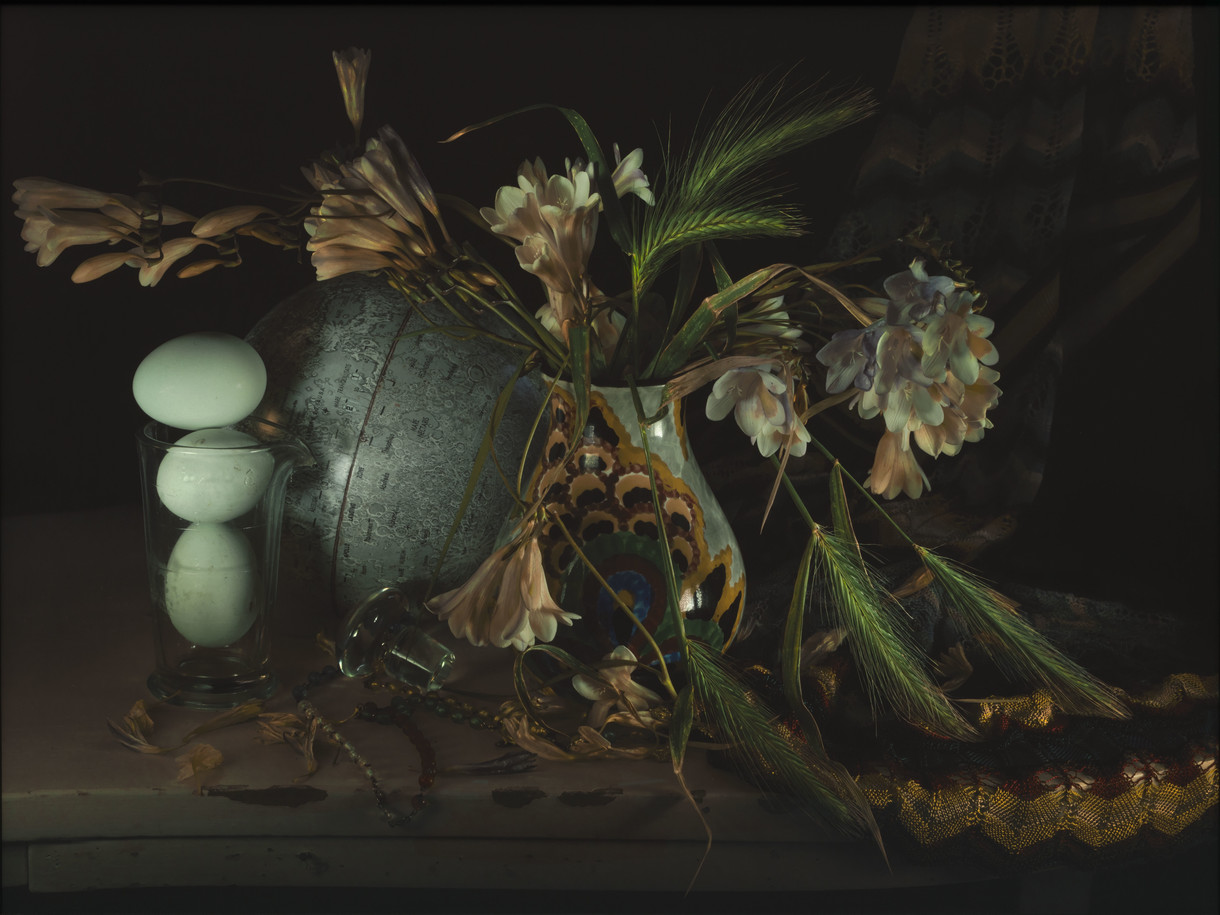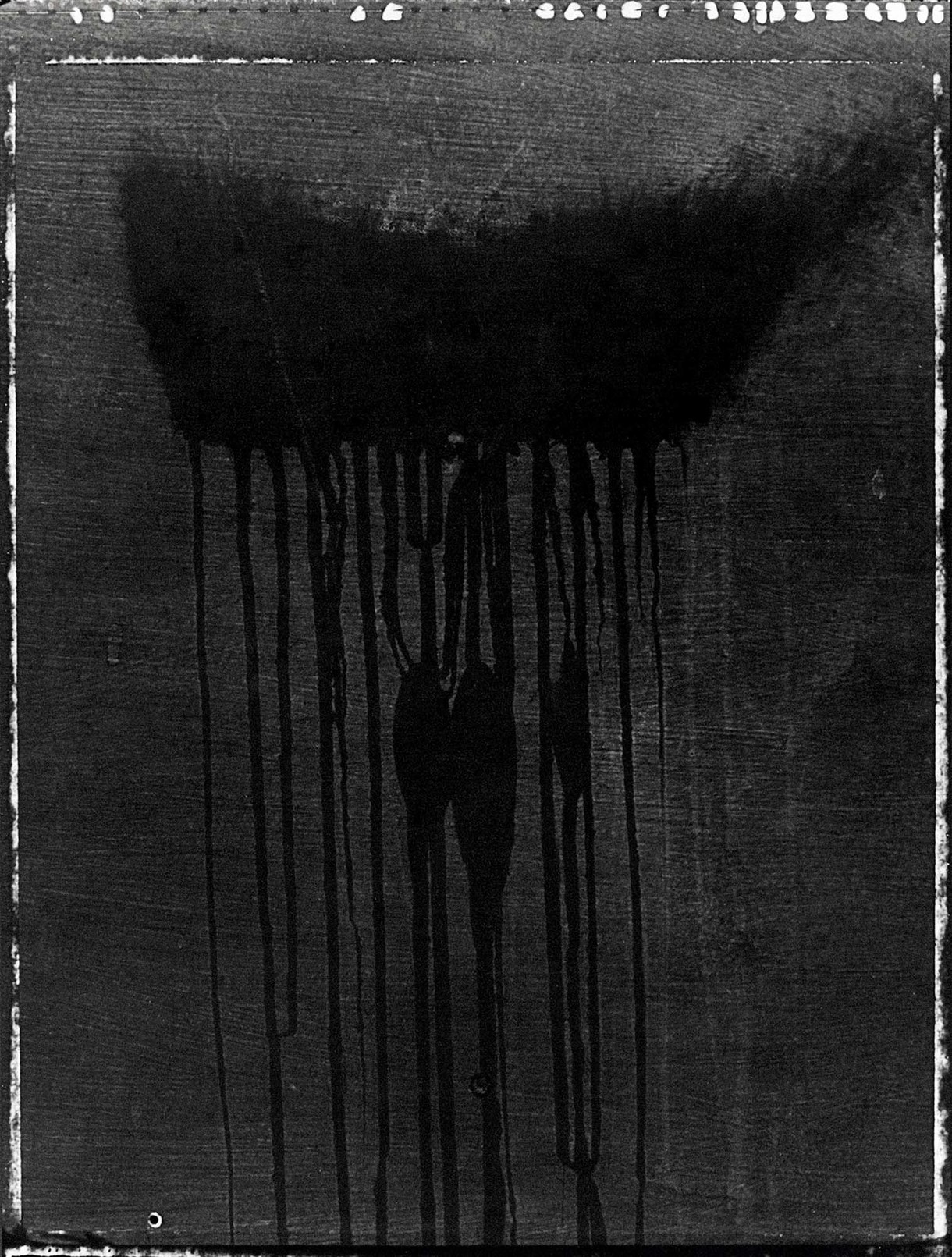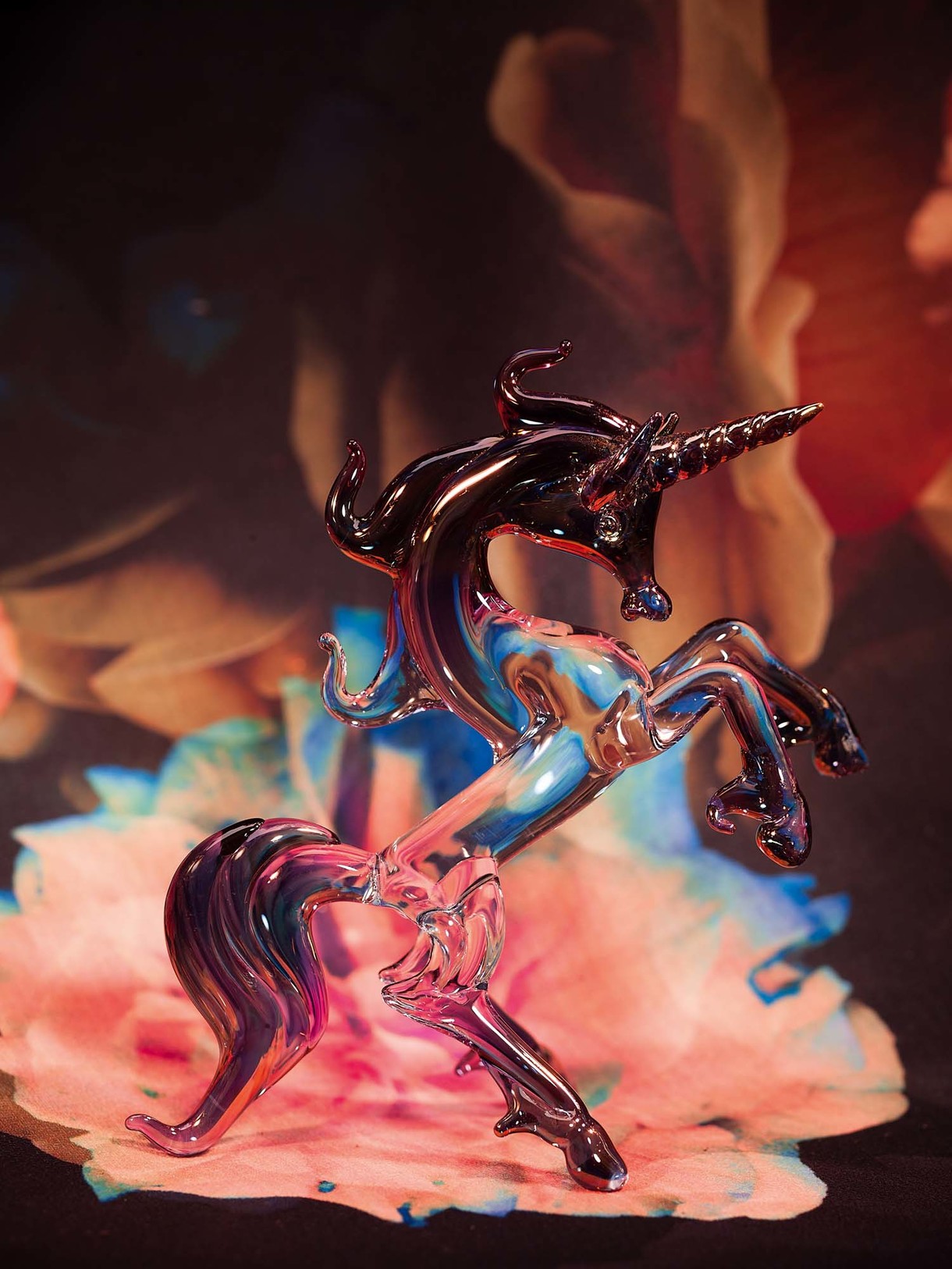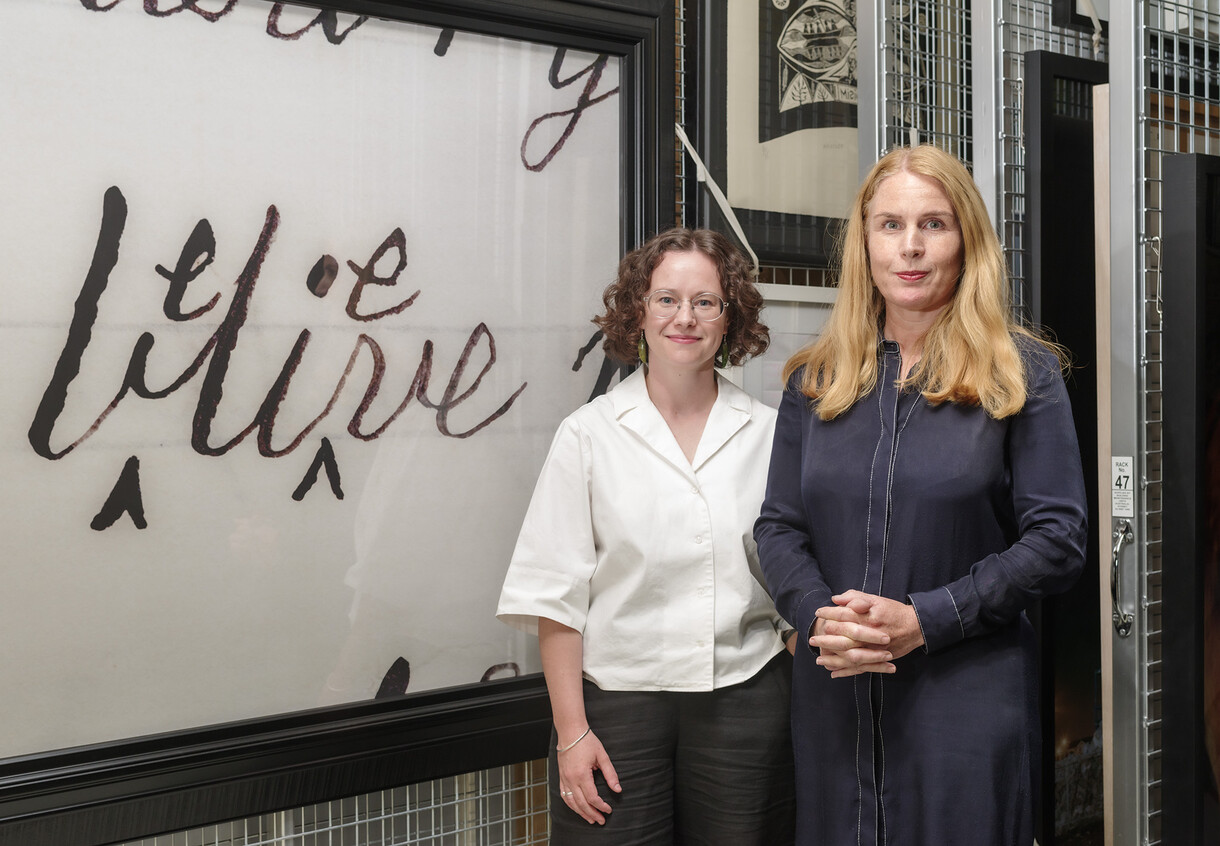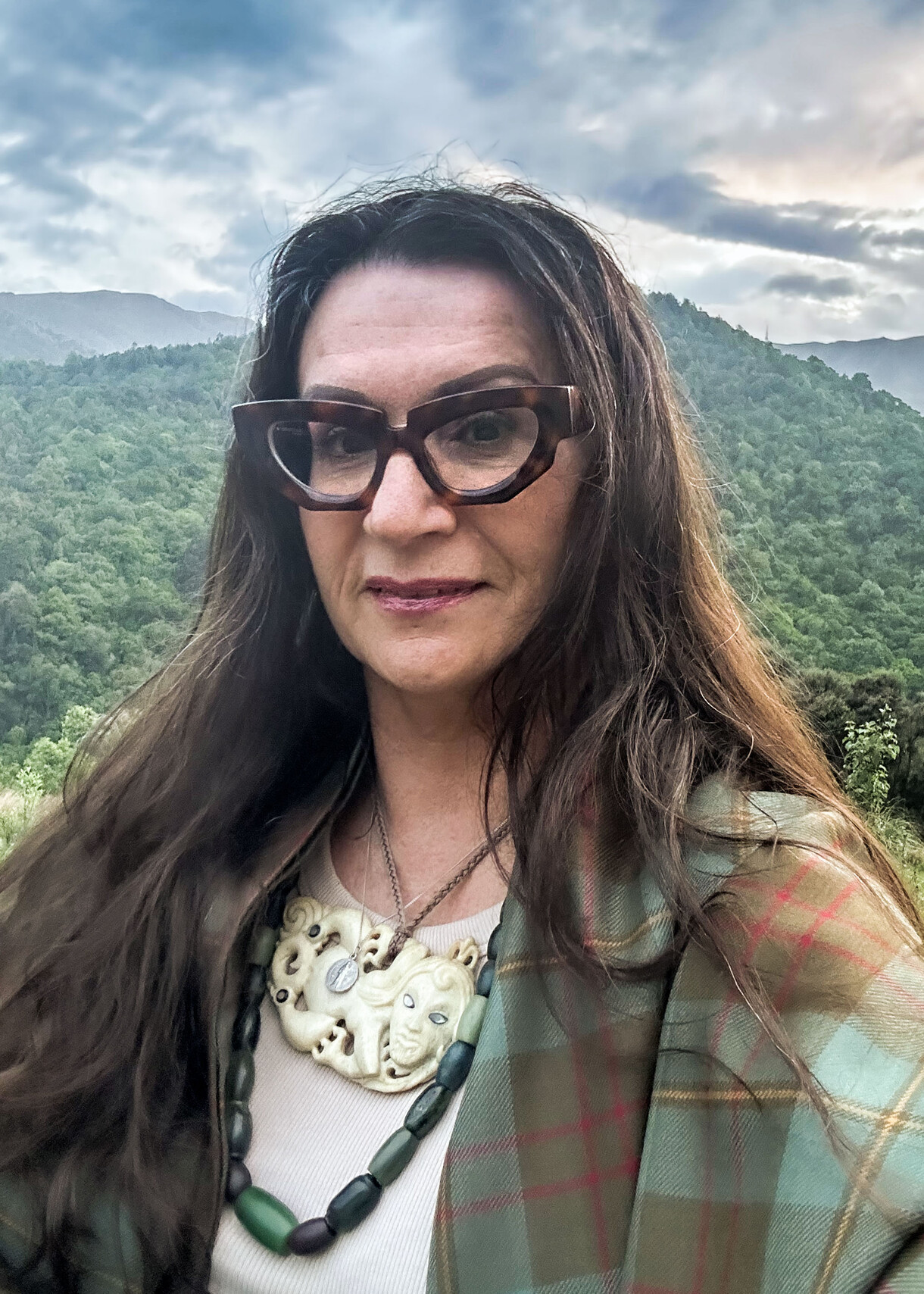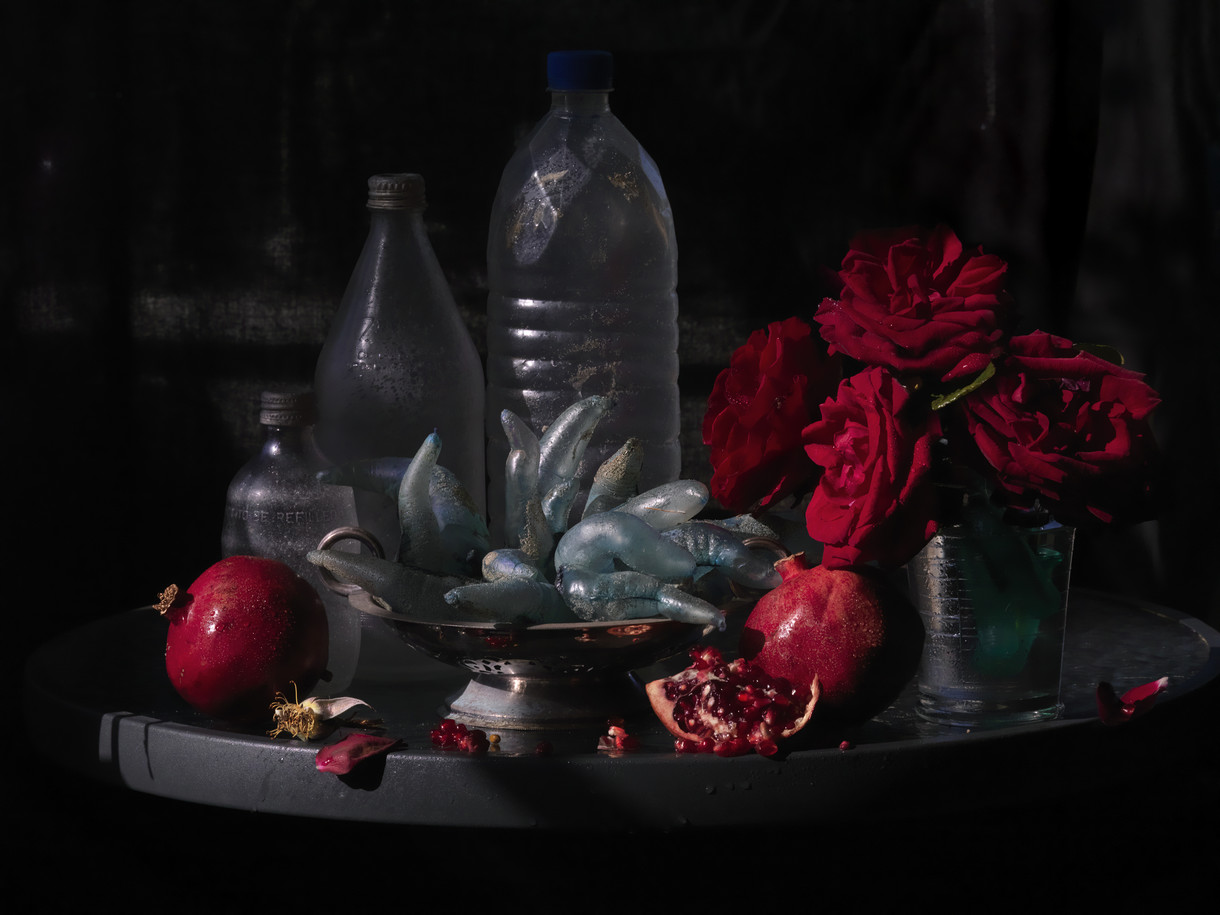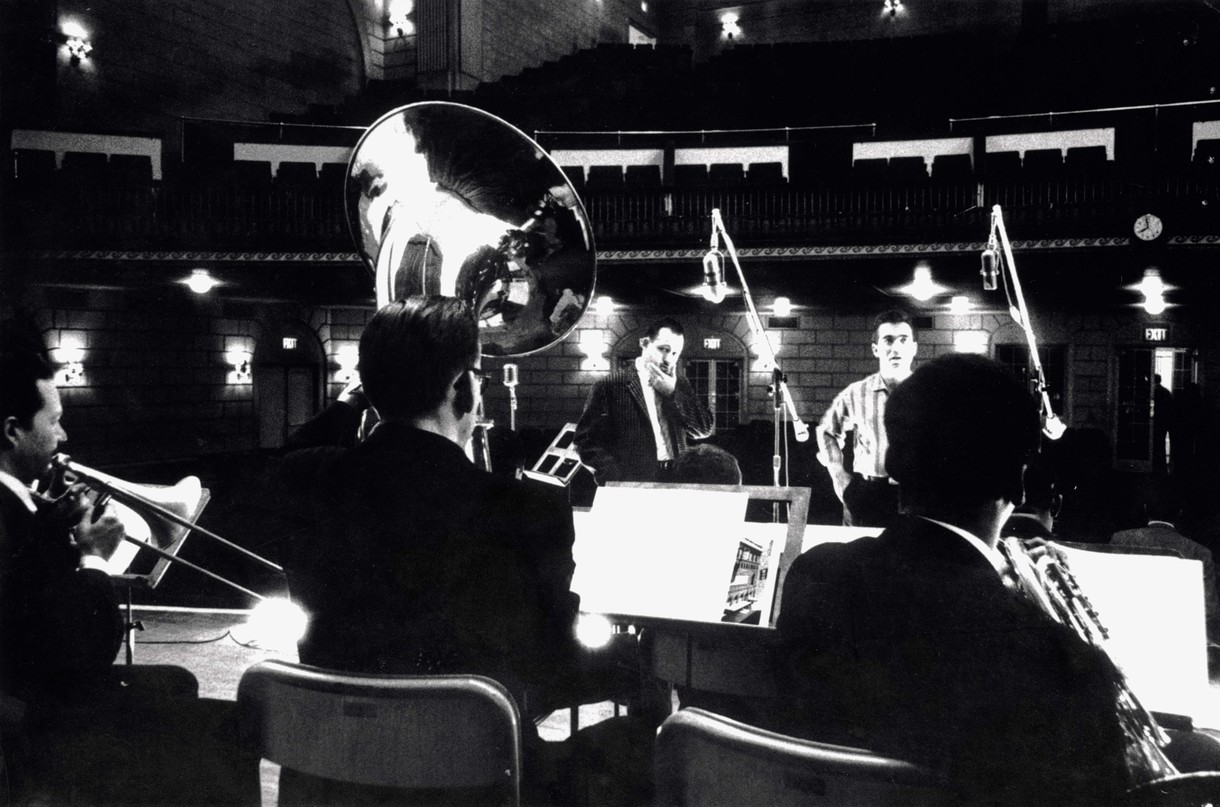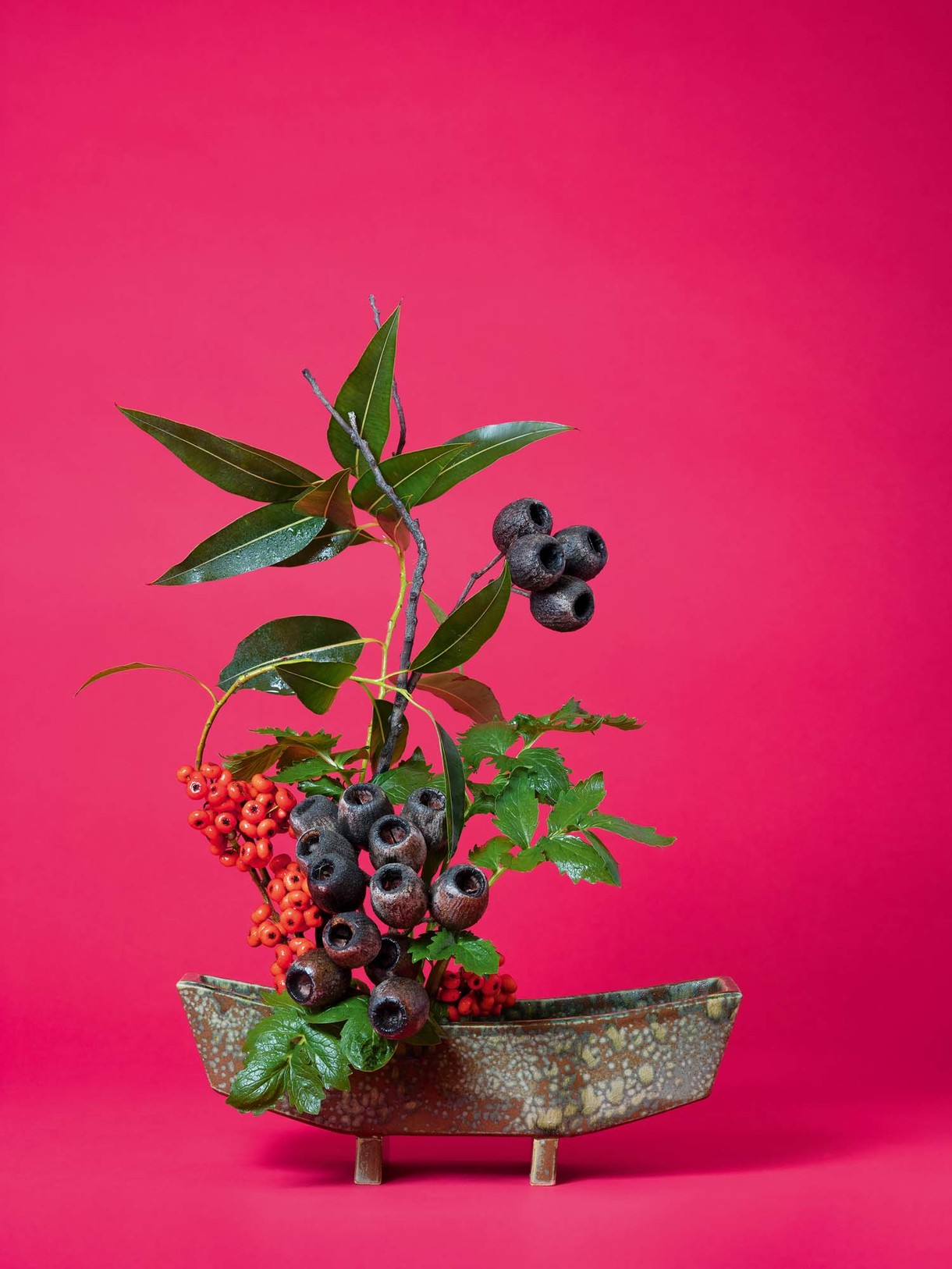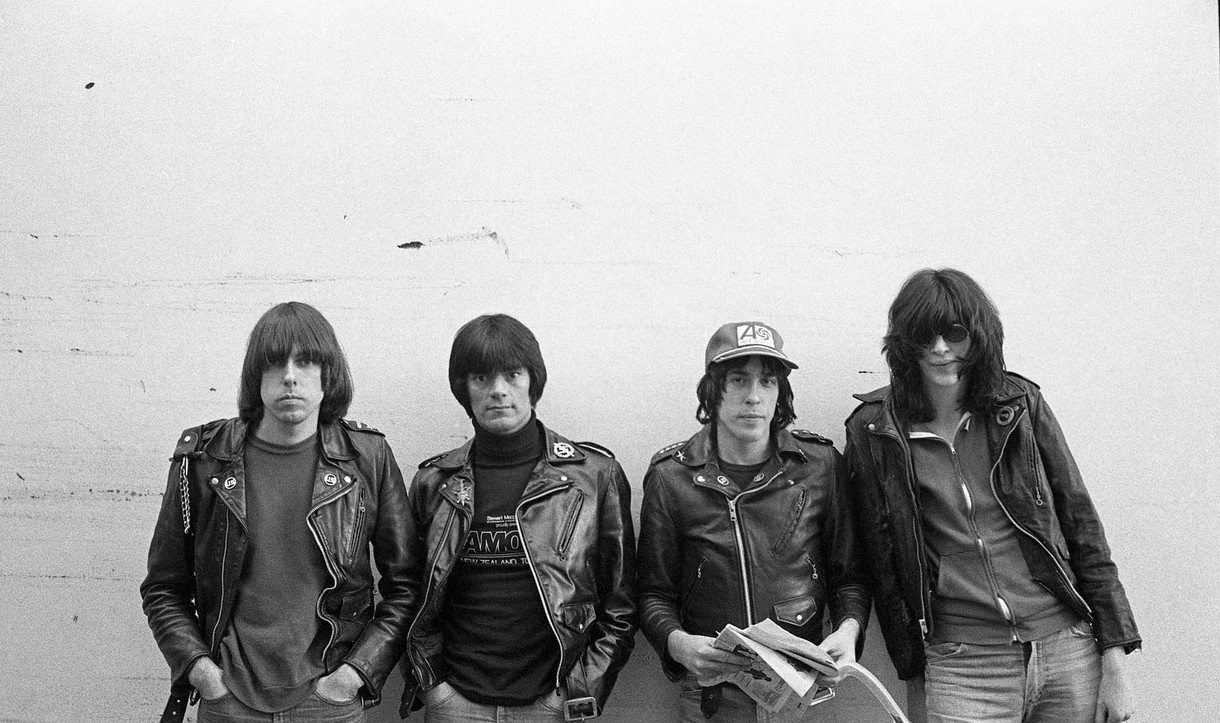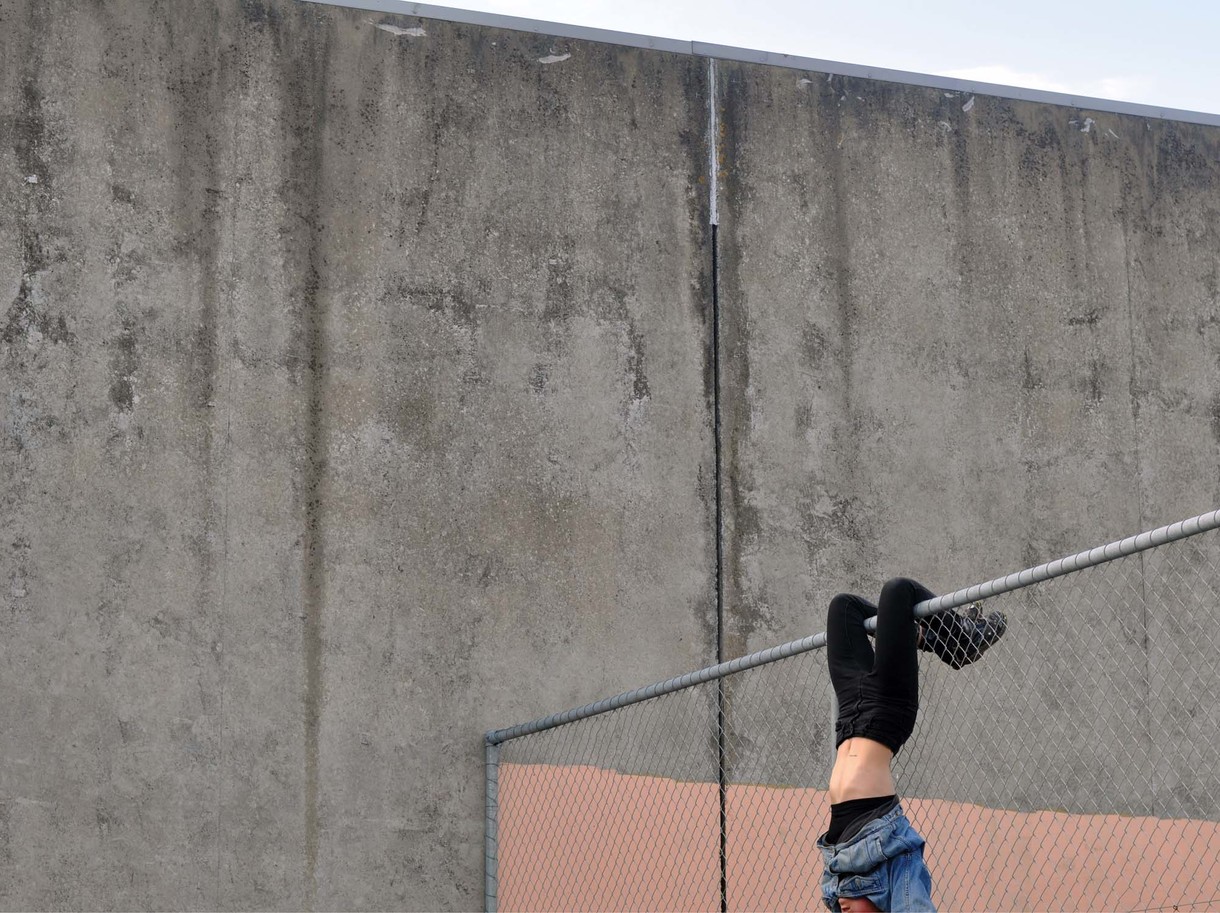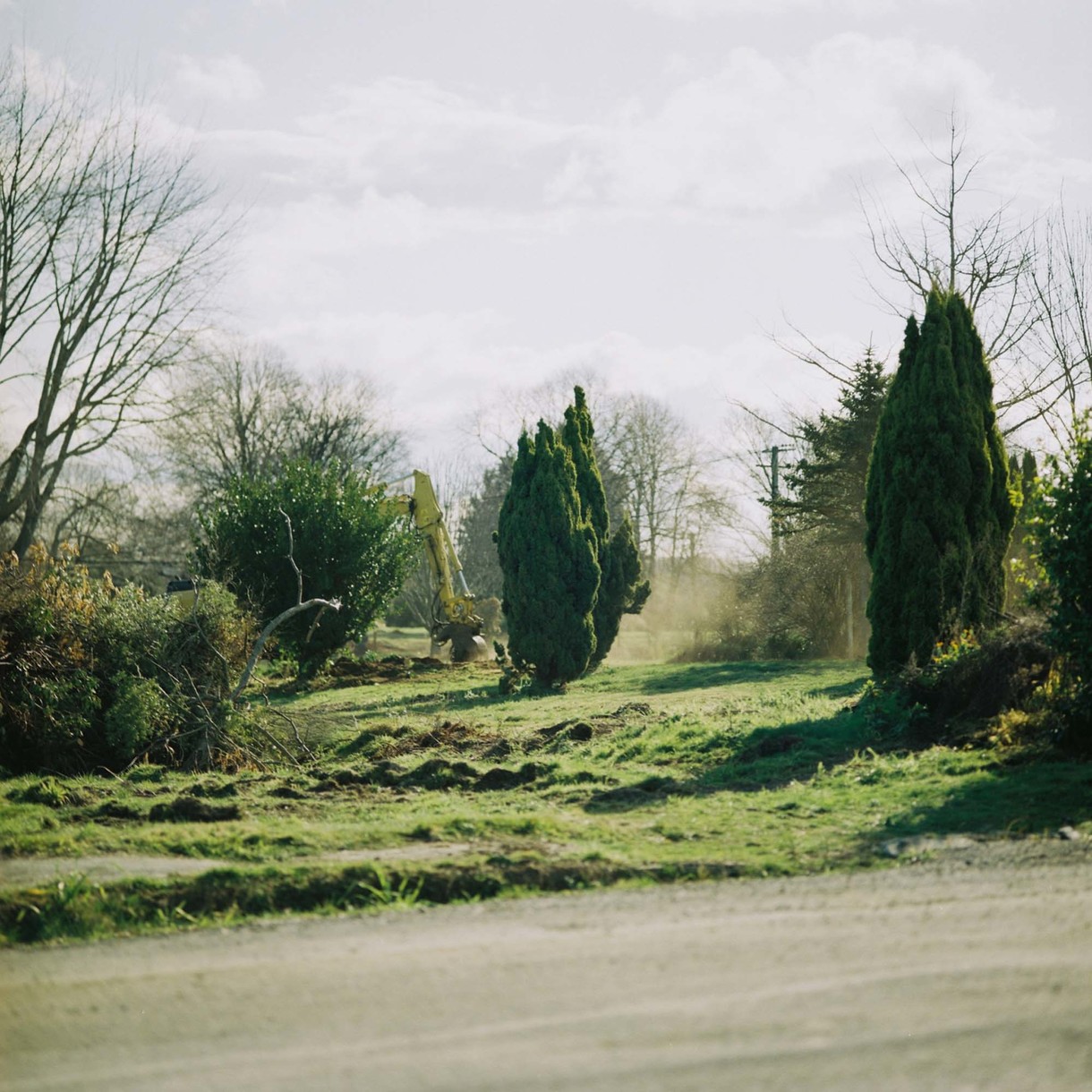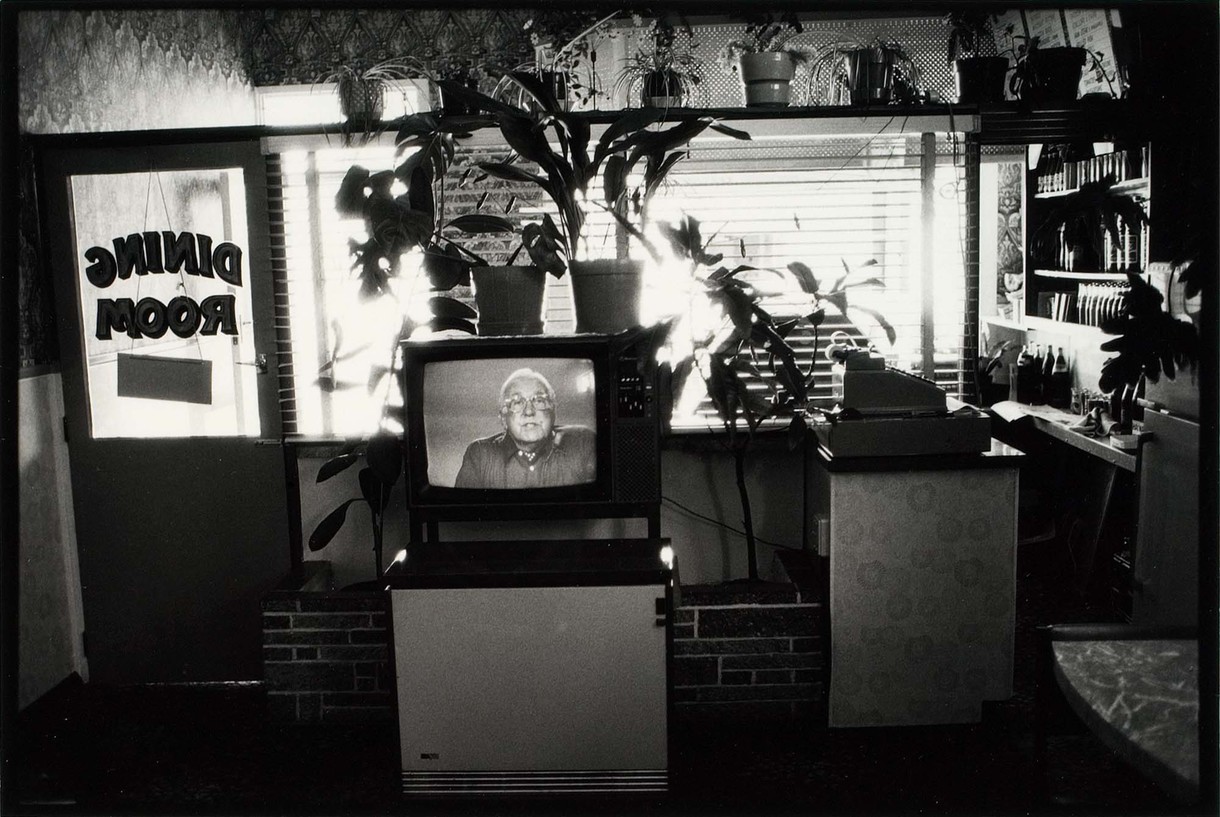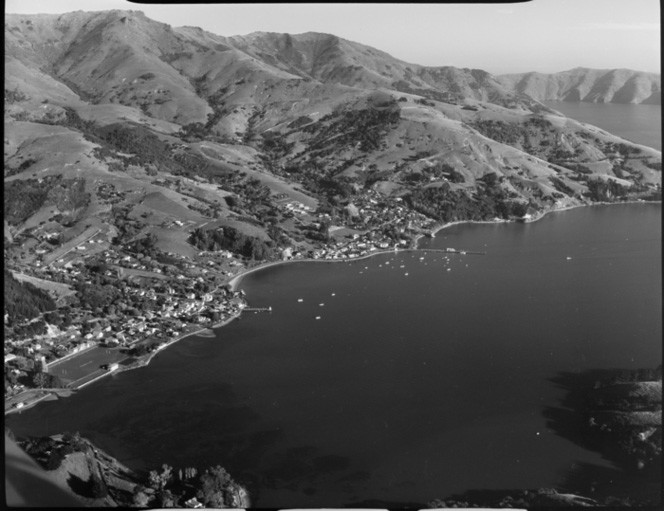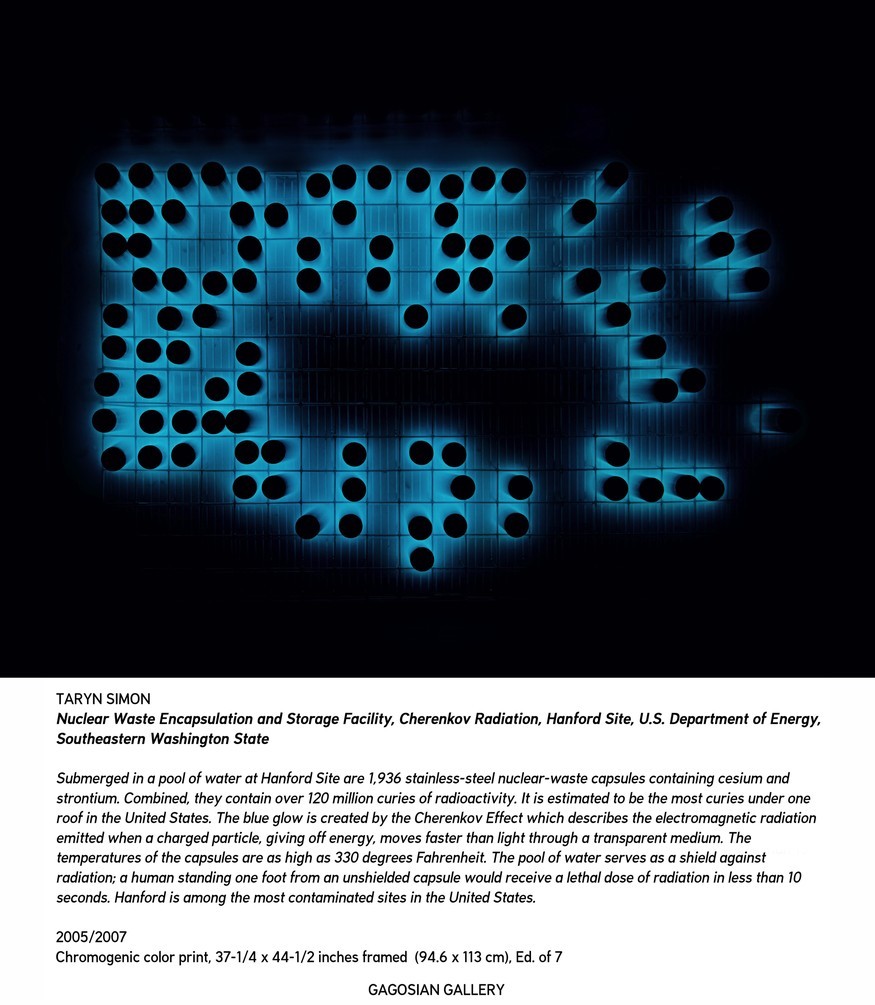This exhibition is now closed
Fiona Pardington: A Beautiful Hesitation
9 July –
6 November 2016
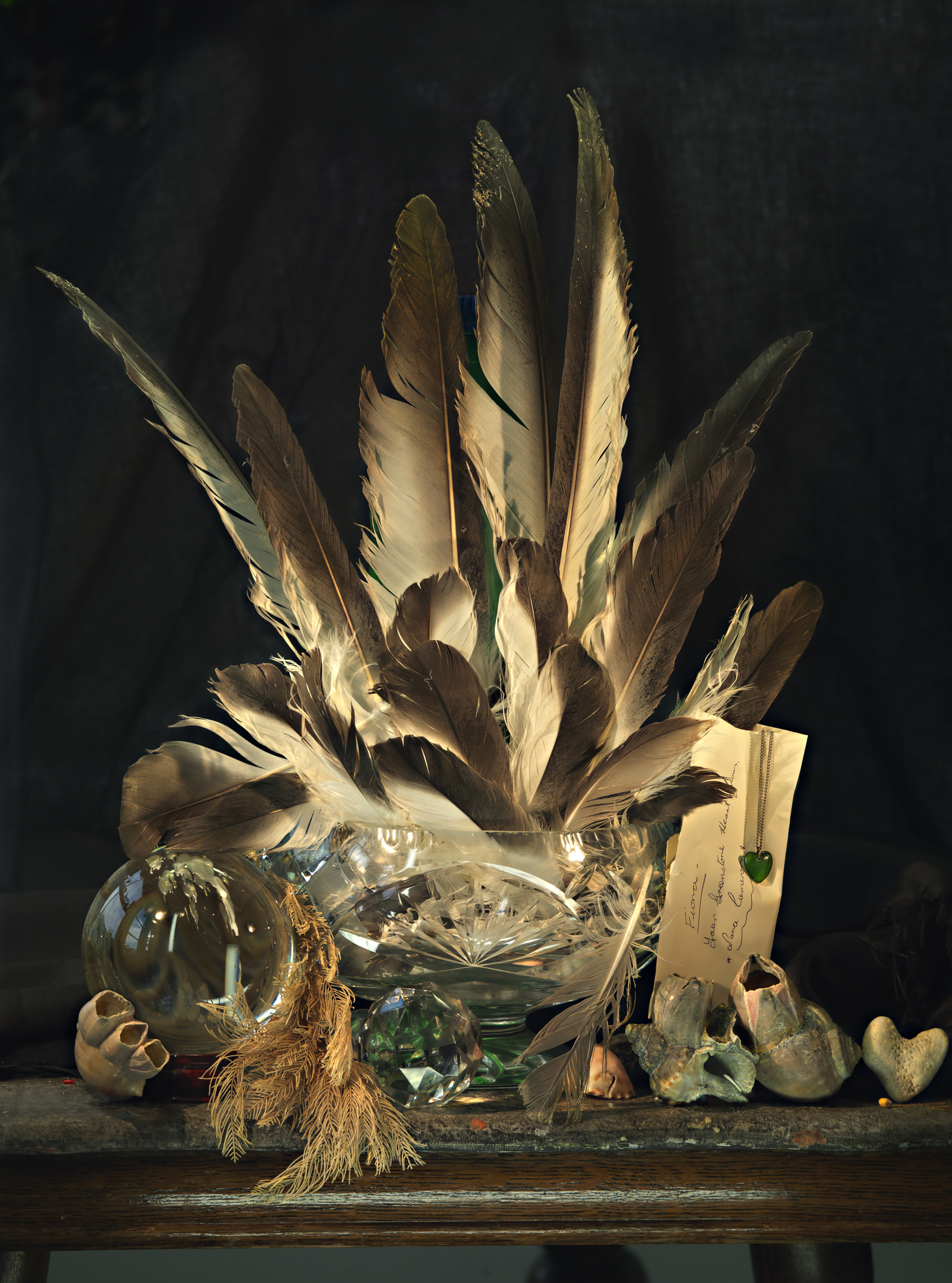
Fiona Pardington Still Life with Albatross Feathers with Pounamu and Coral Hearts, Ripiro 2013. Archival inkjet print, gesso and acrylic polymer on canvas
A survey exhibition by a leading New Zealand photographer explores sex, death and the female gaze.
This exhibition spans thirty years and brings together more than 100 photographs by one of Aotearoa New Zealand's most important, and most celebrated, photographic artists. Pardington is of Ngāi Tahu descent, and the exhibition ranges from her intimate family portraits to large-scale images of Māori taonga and museum objects held here and in France.
Exhibition number: 1014
